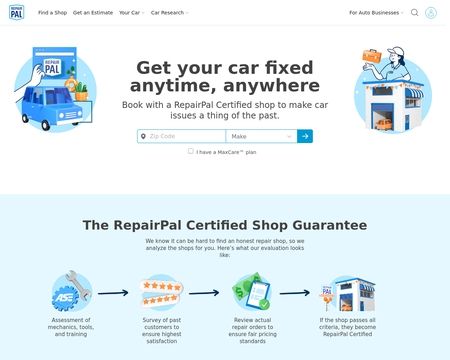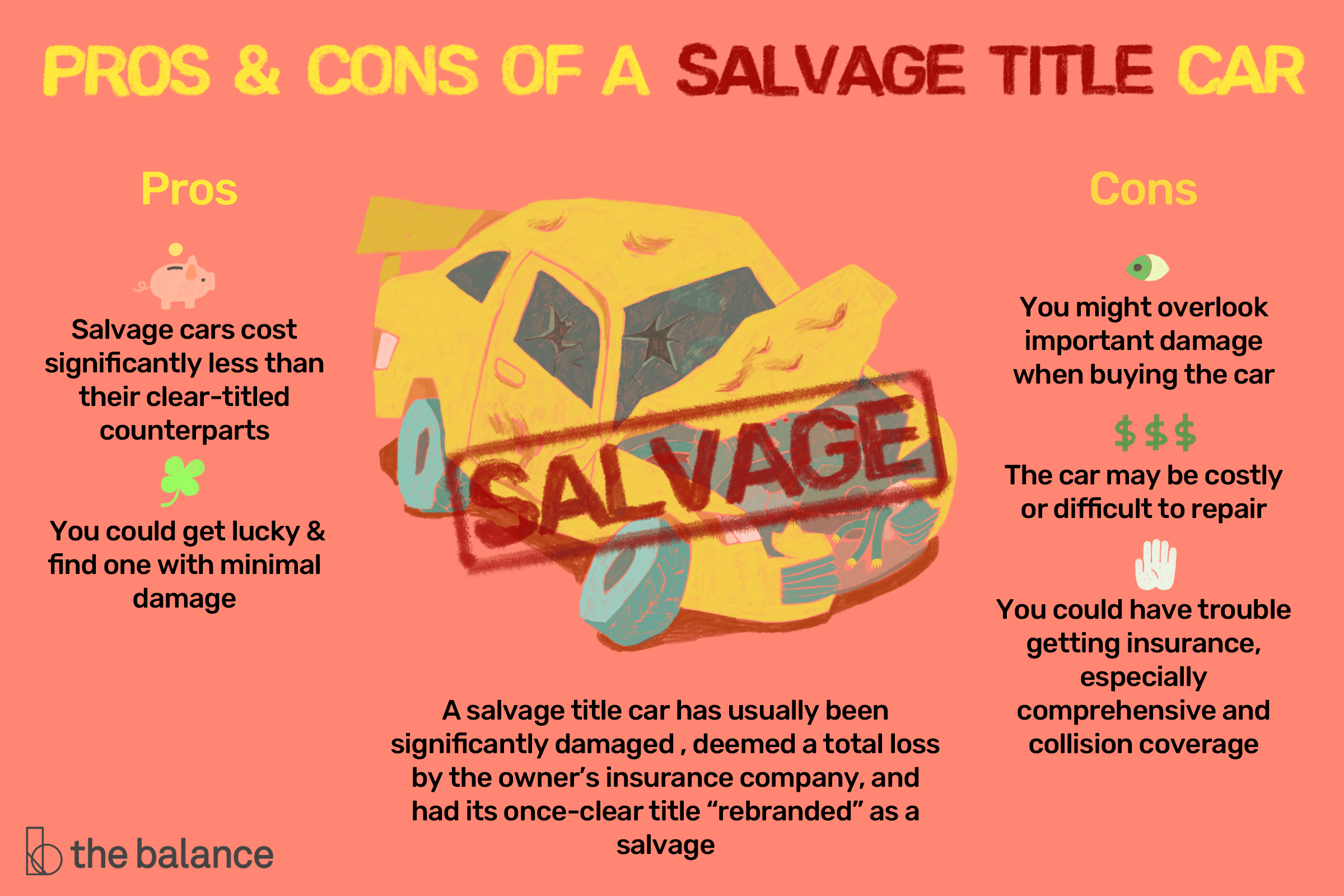
Here's how to check alternator voltage. You have many options to help diagnose the problem. These tips will help you to properly test your alternator voltage. This will ensure that you have a smooth and trouble-free driving experience. Turn off your car and take the battery out. Once you have removed the battery, you should be able to check the voltage at the alternator.
Take a look at the diodes
The diodes are the most important part of diagnosing an alternator issue. Diodes are what allow current to travel through the alternator and reach the battery. A good connection is essential to keep your battery charged, and your electrical system working properly. If the diodes have been working properly, the instrument panel's alternator light will show some current. Additionally, sensitive electronic equipment like the alternator is protected by the diodes, so they must be in good working order.

The rectifier assembly contains six diodes that is responsible for charging an alternator. The alternator's ability to charge will be affected if one of these diodes is damaged or fails. While the alternator can still generate sufficient current, it won’t be able keep a full battery charged. A bench test of the alternator is recommended to find out the cause. This test will check the diodes and internal regulators of the alternator, as well as whether it is capable of producing rated voltage.
Check the pulley bearing
There are two methods to test a alternator's pulley bearing. You can either pull it out by hand, or use a rubber mallet to hammer it out. When you take the alternator apart, make sure you have the right tools. A large nut secures the pulley center to the housing. Unscrew the nut to access the pulley hub. To do so, you need to have an impact gun or 15/16 pass through socket. You can replace the pulley bearing and reassemble your alternator.
Push testing can also be used to verify the condition of the pulley bearing. It may not give you exact results, but it will indicate if your alternator needs to been repaired or replaced. By following these steps, you can ensure that your alternator is in tip-top shape. This saves money, and you won't have to spend too much on replacements. This is a great option because it's inexpensive.
Check the voltage at the alternator
First, check the voltage at alternator. If your car won't start, you can do this: This is a much simpler test than changing the headlamp bulb or windshield wiper blades. To test the voltage, use a multimeter to measure the output voltage of the alternator. The instructions for using the multimeter are included in this step by step procedure. You can also find a video of this process on YouTube.

Check the voltage at the alternator by charging the battery. Also, make sure that the car has enough juice. The norm is a battery that has a voltage of at least 12.7 volts. It is possible to have the battery replaced if it falls below this voltage. Haynes manuals can be purchased online if you don't have the right tools. The Haynes manuals are affordable and include step-by-step instructions for repair.
FAQ
How long is an automotive mechanic apprenticeship
It takes approximately three years to complete an automotive mechanic apprenticeship. This includes two years at school and two years working as an apprentice. The first year is spent learning all aspects of the trade, including theory, practical skills, and safety procedures. You'll also learn the safe and efficient use of tools during this first year. After completing the first year, you'll then spend another year on-the-job training where you'll gain experience in different areas of the trade. You will have the opportunity for formal training during these years.
The final year of the program is spent gaining qualifications and becoming certified in the field. These include NVQs (National Vocational Qualifications), which are awarded after passing exams covering specific topics within the industry. Additionally, HNCs are Higher National Certificates that cover general subjects such management, customer service, and business administration. Finally, there are City & Guilds certificates that are offered for those who wish to become qualified in certain trades.
Are you a mechanic or a technician? Can I do part-time studies?
Although a degree is not necessary, it can be helpful. Employers are more likely to hire candidates who have completed a complete degree. This shows you have put in the work and achieved success.
It doesn't mean that you can't work while you study. Many universities permit students to take courses during the summer holidays, and then finish their studies in the fall. Other universities permit students to take classes part-time during the school year.
How long does a good mechanic take?
To become a skilled mechanic, you need years of experience and practice. Working under the guidance of a professional mechanic is the best way to learn how repair cars.
You will need to spend some time in a garage to learn as much about cars and mechanics as possible. You will need to read books on mechanical engineering and car design.
Furthermore, you'll need to enroll in auto school.
The most important thing to do is start early. It doesn't matter if you're old or not to study automotive technology. Get started now if you are interested in becoming a mechanic.
What are the requirements for an automotive technician?
You must have high school, or GED, and be able to read and write well in English and math. You must also be able to read, and write. Before you can start working, you will have to pass a written exam and take a series practical tests.
Statistics
- According to the BLS, total auto technician employment is expected to exceed 705,000 by 2030. (uti.edu)
- 52% of Mechanics in the United States think their salaries are enough for the cost of living in their area. (indeed.com)
- There were 749,900 jobs available for automotive service technicians and mechanics in 2016, which is expected to grow by six percent through 2026. (jobhero.com)
External Links
How To
How to diagnose your vehicle properly for repair
To determine if your car needs repairs, you should first look at the symptoms that your car presents. Follow these steps to properly diagnose your vehicle.
-
Check engine lights. The dashboard light indicators, including the engine light, oil pressure gauge, battery light indicator, coolant temperature gauge and RPM gauge, should be checked. If any of these indicators have been flashing continuously for several days it could mean that there is something wrong with your vehicle.
-
Examine the treads of the tires. Tires can become worn and cause problems in handling and braking. The treads of the wheels should be inspected as well. They should be clean, and they should be smooth. This can be done by removing the wheels from the vehicle and taking them off. To check the condition of your treads, use a flashlight.
-
You should always monitor the level brake fluid. You must keep track on the level of brake fluid in your vehicle. This helps ensure that your brakes operate properly. Low brake fluid levels can cause brake failure when you apply pressure.
-
Test the suspension system. A suspension system is designed to absorb vibrations and shocks. It allows for better control, smooth acceleration, and deceleration. Your vehicle might feel wobbly, or shake uncontrollably if it has a bad suspension. Try putting some weight on your front or rear axle to determine if you have a suspension problem.
-
Examine the steering column. The steering column is used to link the steering wheel with the rest of vehicle's components. Accidents often damage steering columns. You should replace your steering column if it feels loose or unstable.
-
The exhaust pipe should be observed. The exhaust pipes transport gases from the combustion chamber to outside. You can let harmful fumes into your home if your exhaust pipes crack or leak. You should also fix any bent tailpipes immediately.
-
Take a look at the underside of your hood. If you see anything unusual, take a look under the hood. Your engine could be leaking fluids. A professional technician should be contacted if your engine compartment emits an unusual smell.
-
The air filter should be checked. Your vehicle's air filter collects dust and debris from the outside environment. Vehicles that have a dirty air filter will not run well. Replace your air filter regularly.
-
The fan belt should be checked. Your vehicle's fanbel is what connects the engine and the transmission. If the fanbel breaks, your engine won't turn. Replacing the belt is simple. All you need are a screwdriver & pliers.
-
You should inspect the radiator and hoses. The radiator hose transports water from radiator to engine. It can crack or become damaged and leak hot liquid onto an engine. The hose can be repaired with a pair or needle-nosepliers, and a wire brush.
-
Make sure you have the windshield wipers checked. Windshield wipers use electricity to clean away snow and rain. If they stop working, streaks could be left on your glass. Simply change the washer oil to fix the problem.
-
Verify the condition of your battery cables. The battery cables supply power to your car's electrical systems. If you are replacing batteries, disconnect the negative cord first. Failure to do so can damage your alternator.
-
Be sure to check your headlights. The headlights will illuminate the road ahead. If they don't work properly, it can cause poor visibility. Inspect the bulbs for signs of burnt out.
-
Check the lights. The lights are there to warn other drivers if they approach you at night. You could be distracted and cause an accident if one does not work.
-
Check the brakes. Before you collide with another vehicle, brakes will slow down the car. If the brakes fail to work correctly, your car could lose control and collide with another vehicle.
-
Check the oil regularly. The oilkeeps your engine lubricated. This oil helps to prevent metal parts becoming too worn out. It is recommended that you change your oil at least once per month.